Smart Era, Leading the Future
The characteristics of the smart screen industry include high-definition, low power consumption, high interactivity, versatility, and customization. These features make smart screens an essential part of modern life, applied in various scenarios such as education, business, entertainment, and healthcare. Additionally, the smart screen industry continues to develop new technologies such as touch technology, facial recognition, and AI voice interaction to enhance interactivity and convenience.
Approaching forwards with the customers via innovative tools and technologies.
Approaching forwards with the customers via innovative tools and technologies.
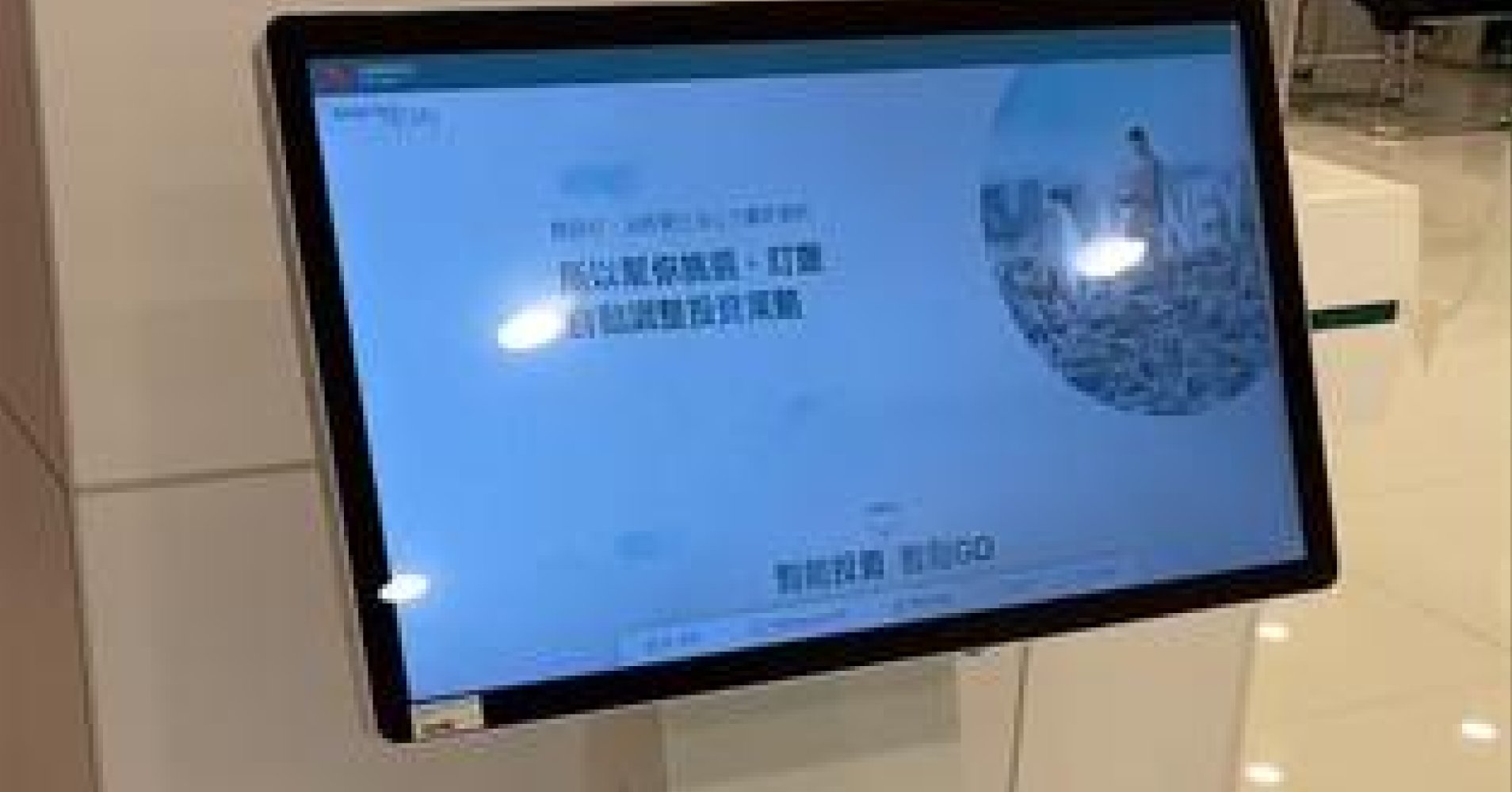
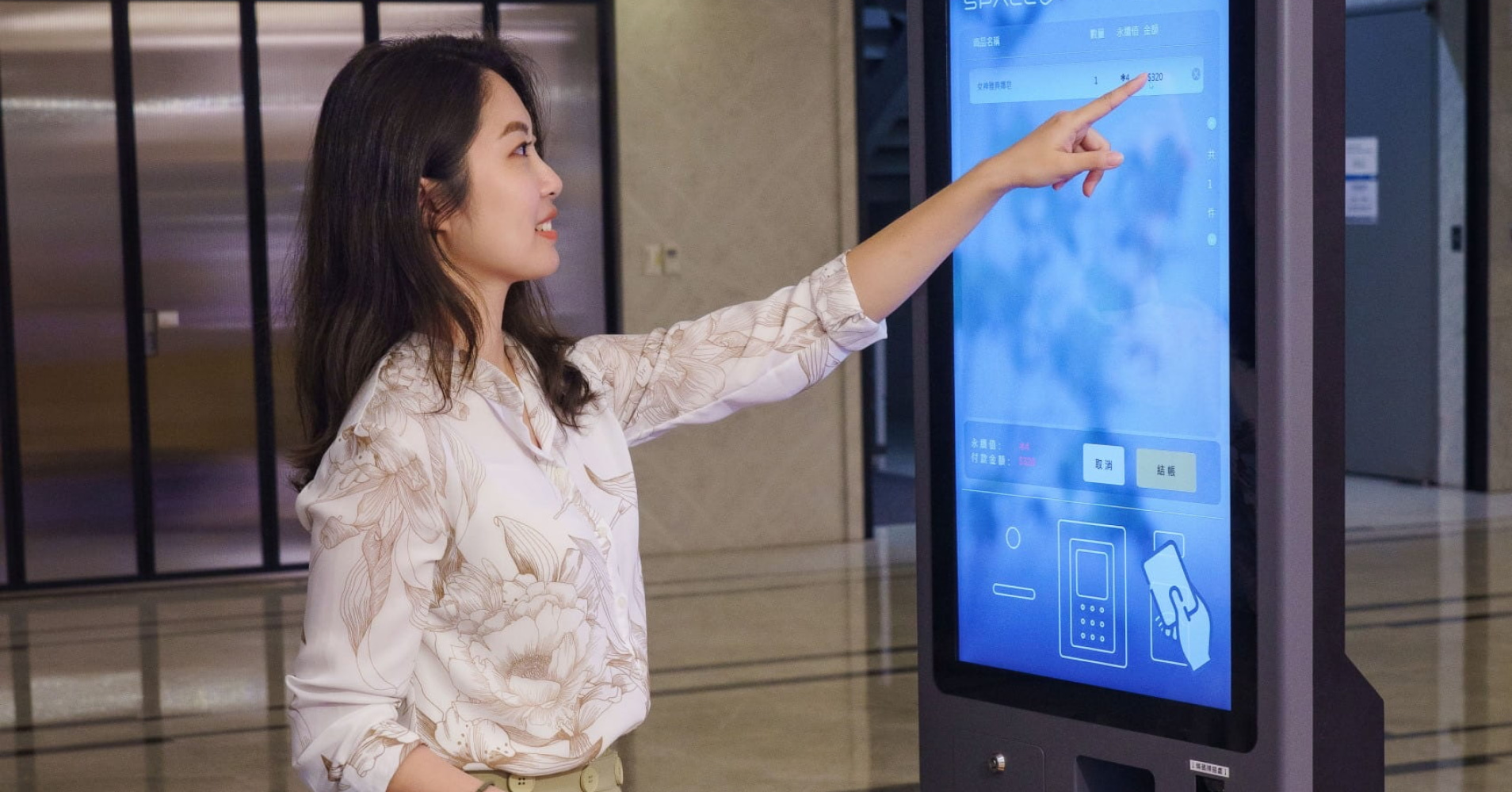
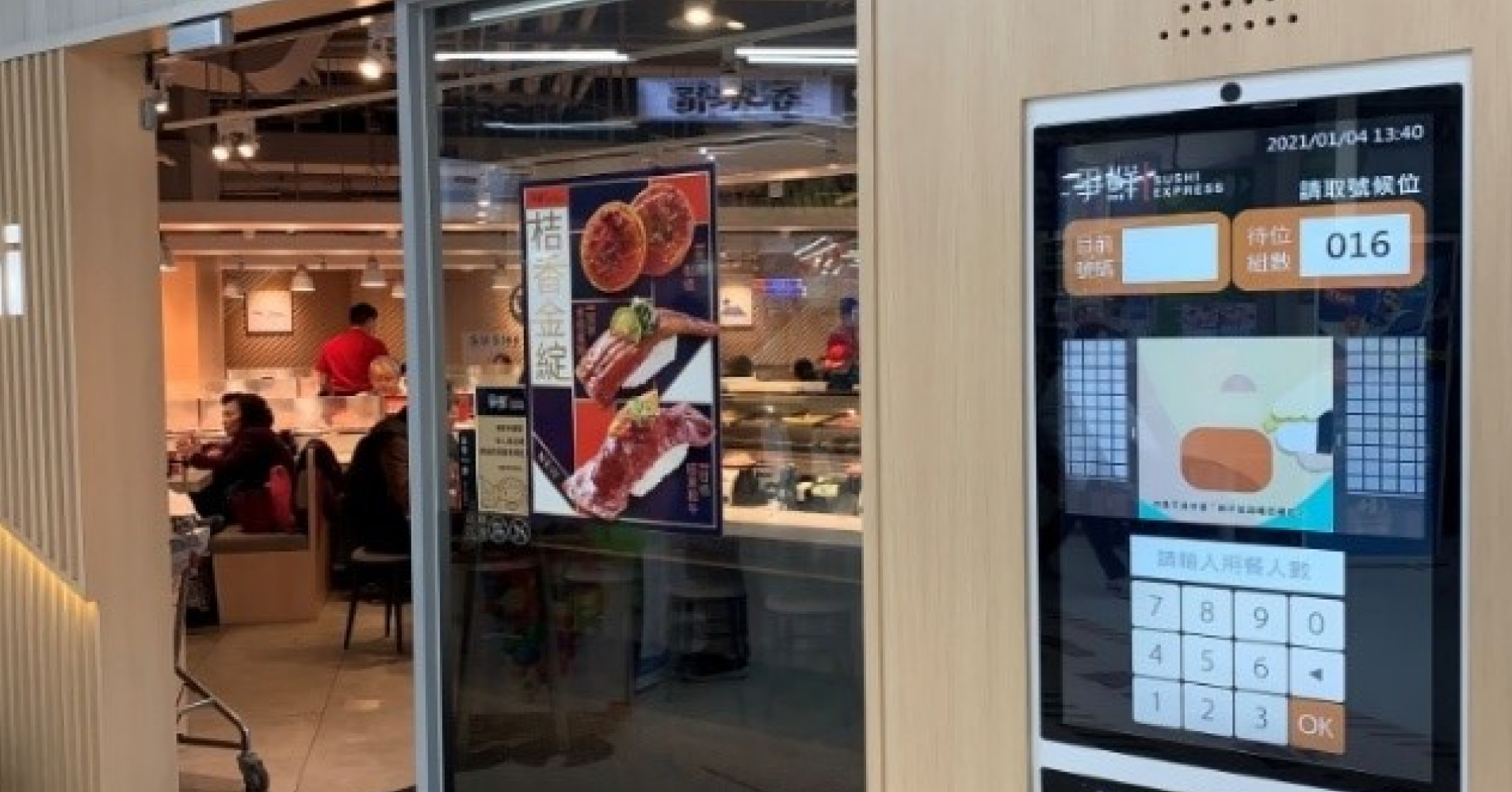
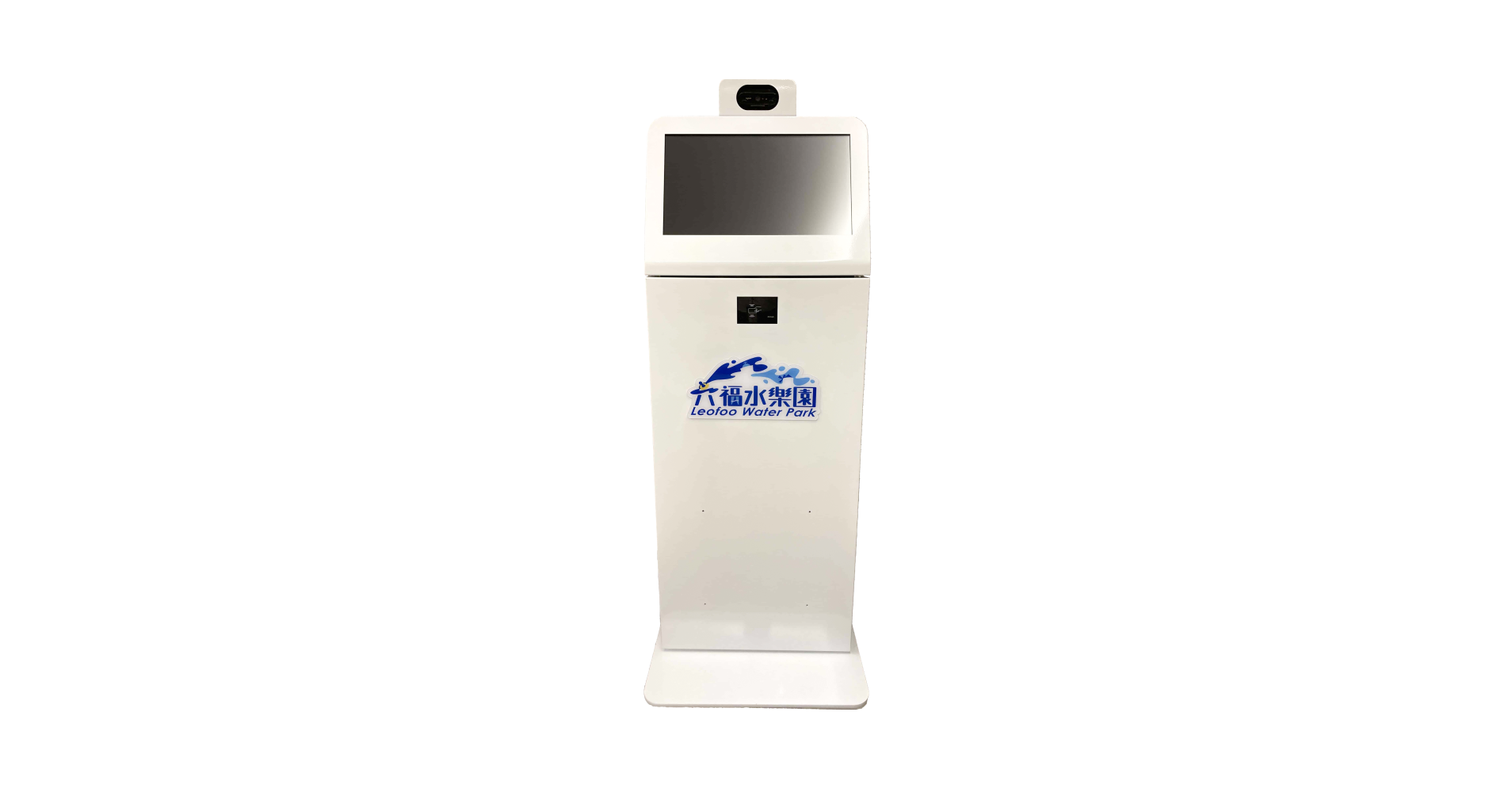
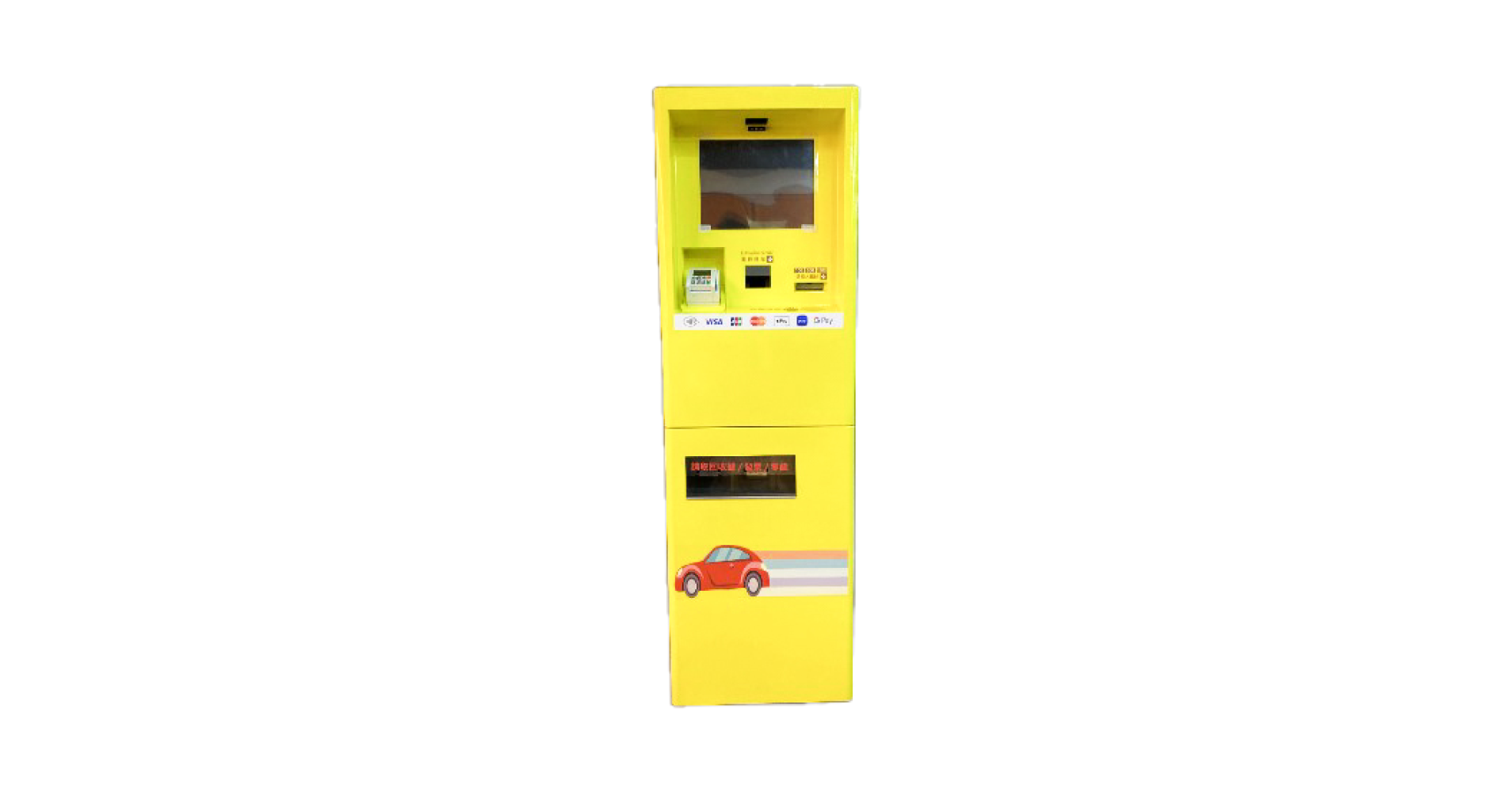
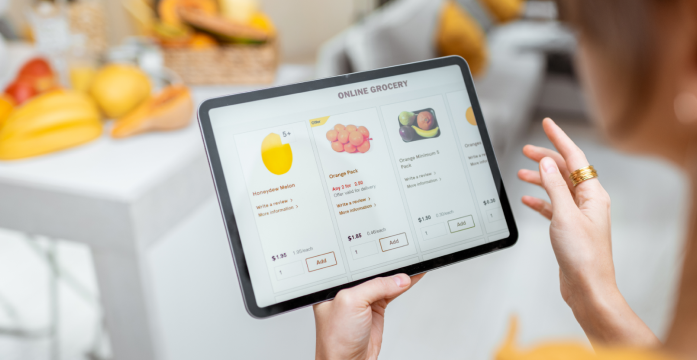

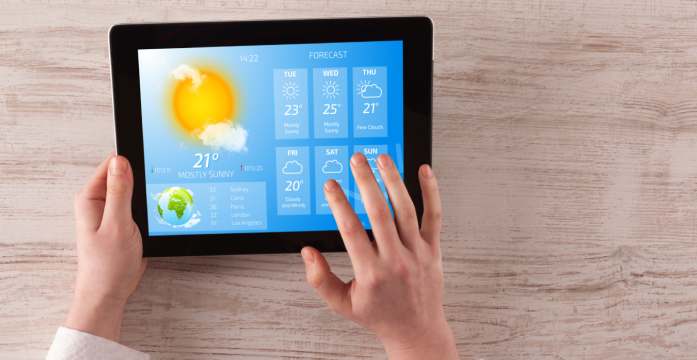

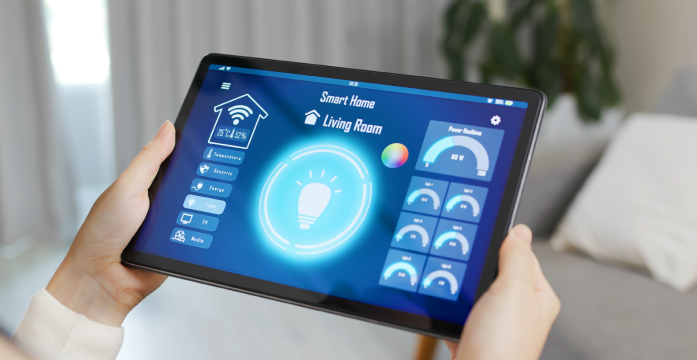
By using the touchscreen and voice recognition features of a smart screen, customers can be presented with product information and services.
Provide more interactive methods, such as voice recognition and touchscreen, to meet customer needs.
Provide services through the Internet and voice recognition, such as order status inquiries and payments.
Collect customer usage data and improve customer experience through analysis.
The functionality of smart screens and kiosks continues to improve, enhancing the user experience for customers.
The increasingly severe issues of data privacy and security remind us the importance of acknowledging related laws and taking corresponding measures.
Customer needs and expectations are key factors in product development.
Using environmentally friendly materials and sustainable development technologies.
Understanding market dynamics and the situation of competitors.
